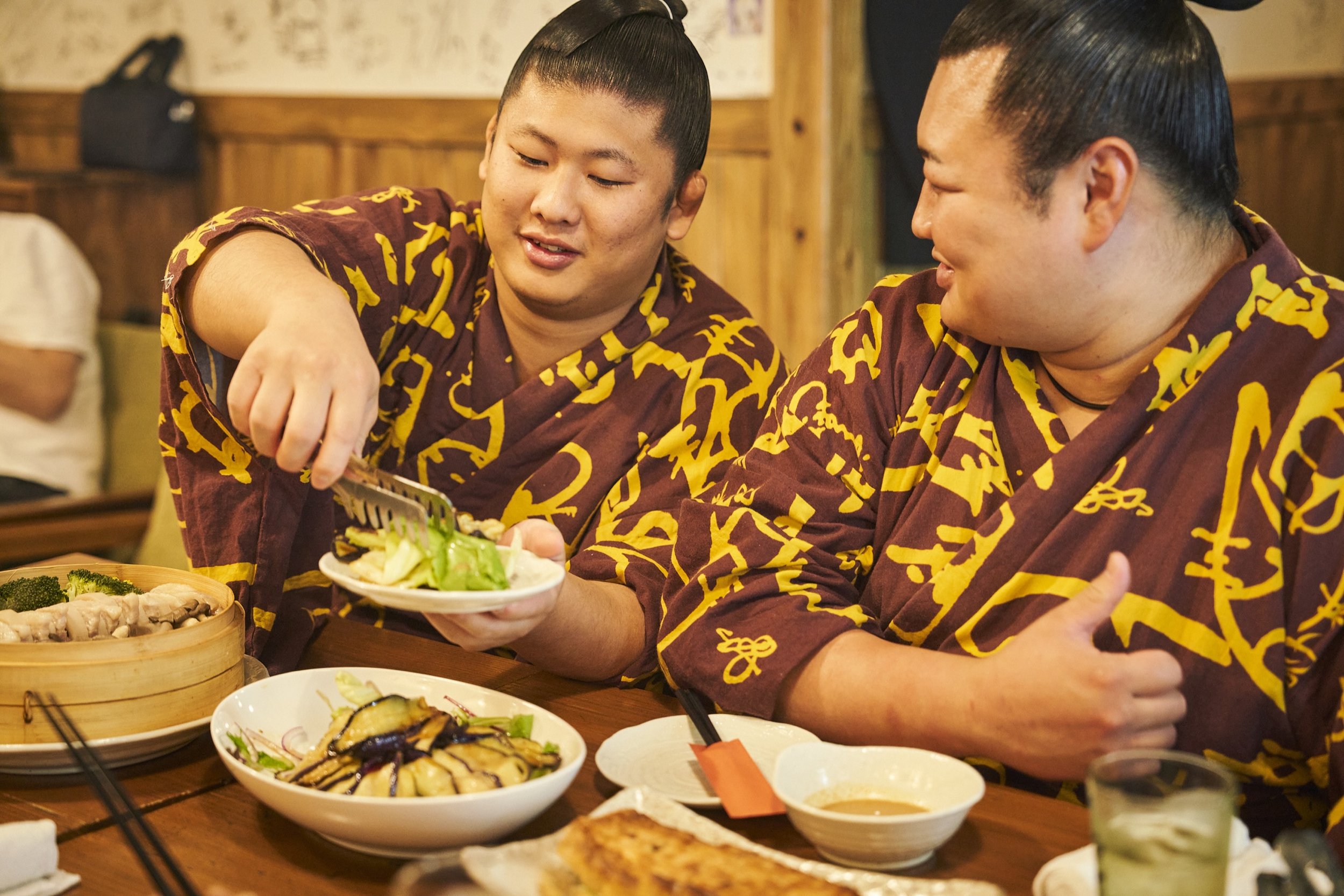Sumo
Learn the rules to this ancient sport
Learning the Rules of Sumo
The national sport of Japan, sumo is both intensely physical and highly spiritual, with customs that appear inscrutable to first-timers yet with matches that are deceptively simple; two sumo wrestlers clash to throw one another out of the dohyo ring.
Despite sumo’s initial origins in religious ceremonies, the feats of athleticism transformed into a formalized sport by the Edo Period (1603-1867 CE), drawing in crowds of spectators from all social classes and cementing both the rules and sumo associations which continue on unchanged even to today.
Currently, 6 grand sumo tournaments take place every year, in locations like Tokyo, Osaka, Nagoya, and Fukuoka, with sumo wrestlers separated into 6 ranked divisions. Roughly 650 sumo wrestlers actively compete at any time, but attention is mainly given to the athletes ranked in the top two divisions, known as the sekitori.
Sumo: How to Win
While the pageantry and rituals that accompany sumo can be quite complex, the rules are relatively simple - simply knock an opponent out of the ring or force him to touch the ground with any body part other than his feet to win. A match can be won in a matter of seconds, with success largely determined by initial momentum; known as tachi-ai in Japanese, this powerful first burst of speed and power often proves crucial in cementing wins.
Sumo wrestlers start their match in the middle of the ring, crouched over two white lines called shikirisen. While a judge might give the signal to start, the match doesn’t begin until both sumo wrestlers indicate they’re ready; hovering over the shikirisen, each sumo wrestler will carefully watch the other, only springing into action when both hands are clenched in fists and make contact with the ground at or behind the shikirisen.
Within a match, almost any type of grappling contract is allowed. Sumo wrestlers can grip their opponents’ belts, twist and shove, use inside or outside grips, and employ moves that are similar to those used in judo or other forms of martial arts, to successfully throw their opponents out of the ring.
However, the following actions are not allowed during sumo practice or competition:
Pulling hair
Hitting with a closed fist (using open palms is acceptable)
Grabbing the crotch area of the mawashi belt
Targeting the eyes or ears
Choking (pressing against the throat is allowed)
All of the Right Moves: Winning Sumo Techniques
As the match ends and the winner stands victorious, the sumo’s winning technique is called out. Known as a kimarite, this announcement alerts spectators of the final move that clinched the win. There are over 60 officially recognized kimarite that sumo champions can utilize in each match, with each final move composed of different sub-techniques, such as gripping the outer belt (uwate), twisting (hineri), pulling down (hiki), and throwing (nage), among others.
When combined together in a single move, the kimarite might be announced like the following: harima-nage (rear-belt throw), hiki-otoshi (pulling down by the arms), and kaina-hineri (maneuvering and pressing the opponent down into a twist).
Learning to look for and recognize these individual winning techniques can help sectors enhance not only their understanding of the sport, but also the viewing experience when watching the match.
Japan Sumo Experiences
Witness these brawny warriors battle up close at a morning sumo training session. See the action from the ringside, observe the training methods of these incredible athletes, and even get the chance to converse and snap a picture with them after the practice ends.
Joined by an interpreter guide, watch an authentic sumo morning practice in Tokyo.
Chow down on chanko nabe, the traditional dish of sumo champions, joined by active sumo wrestlers after their practice ends.





